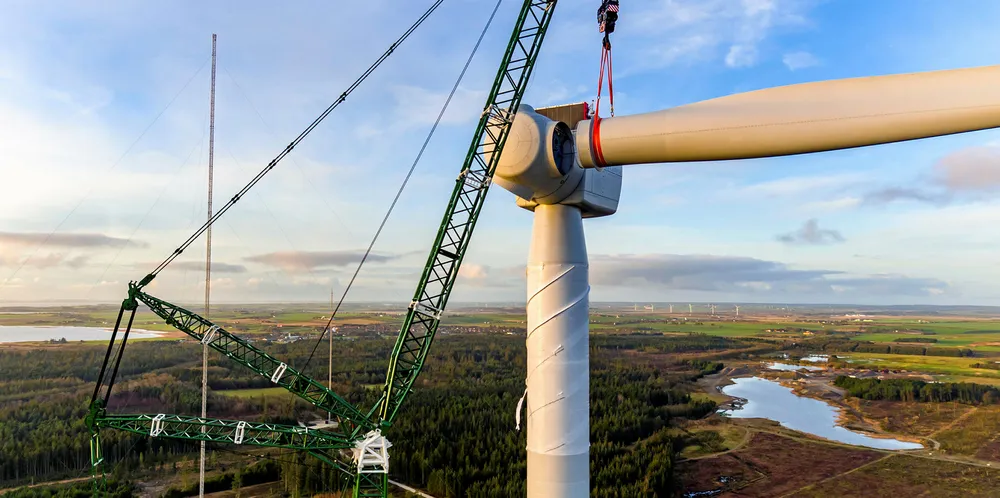Siemens Gamesa lands 1GW-plus order for top offshore model on Orsted North Sea projects
Delivery of giant fleet of OEM's top-of-the-line SG11.0-200DD will include Germany’s biggest-ever wind farm, Borkum Riffgrund 3

Delivery of giant fleet of OEM's top-of-the-line SG11.0-200DD will include Germany’s biggest-ever wind farm, Borkum Riffgrund 3
